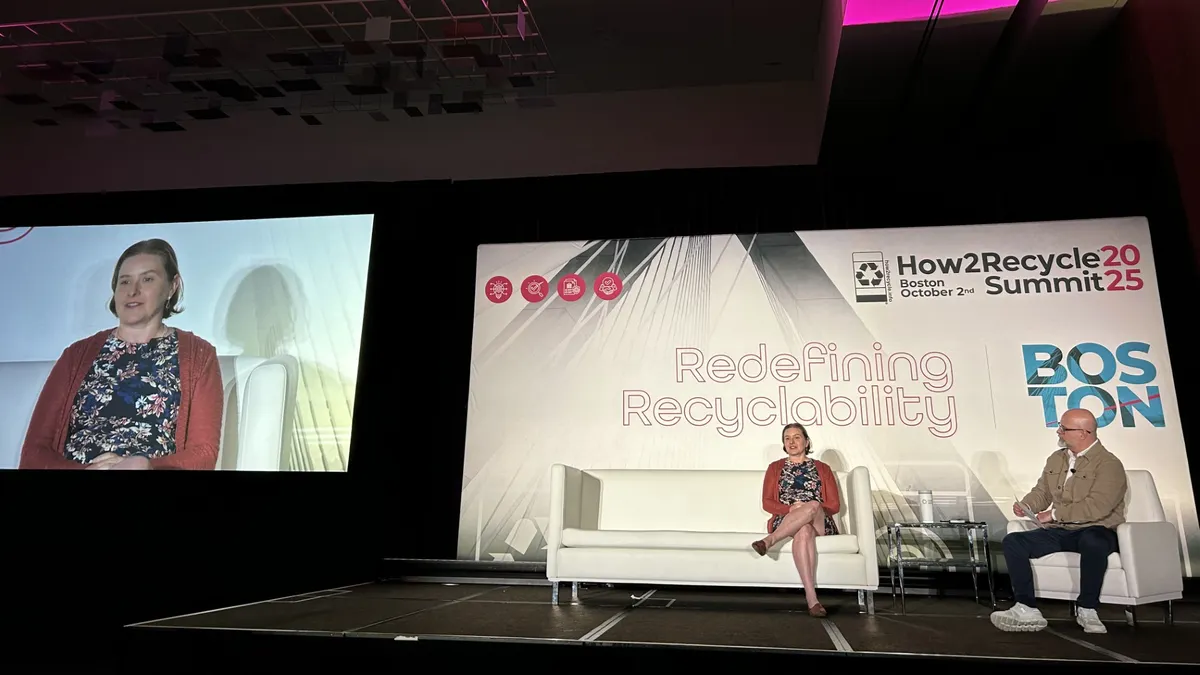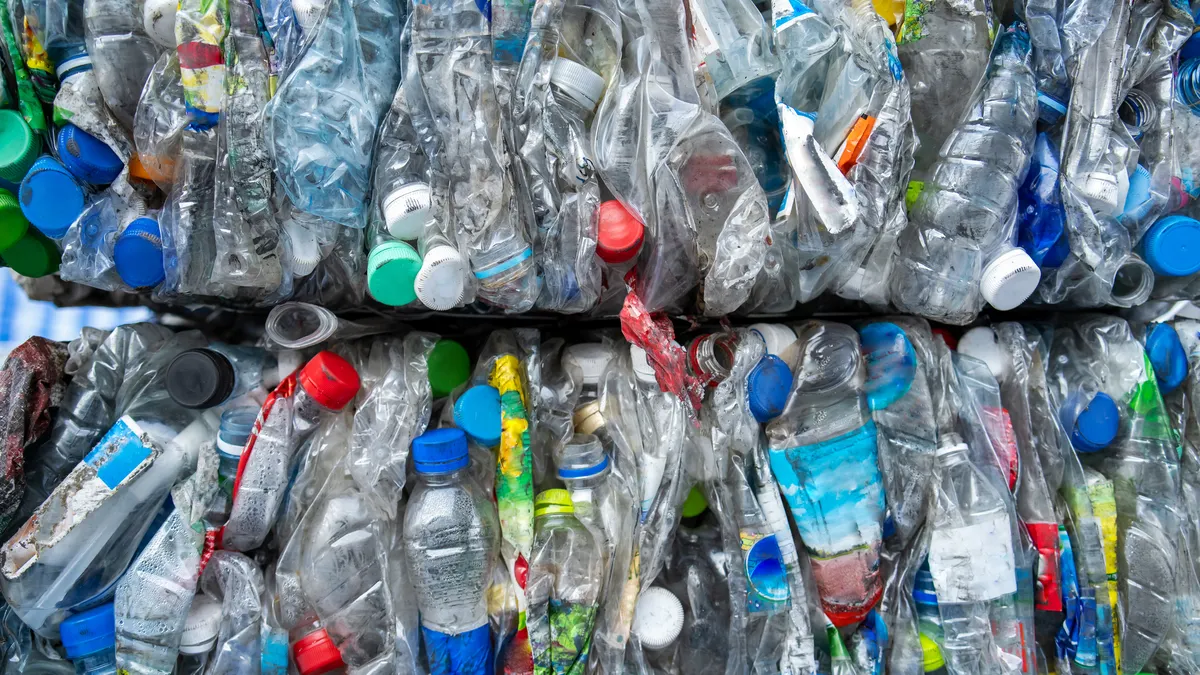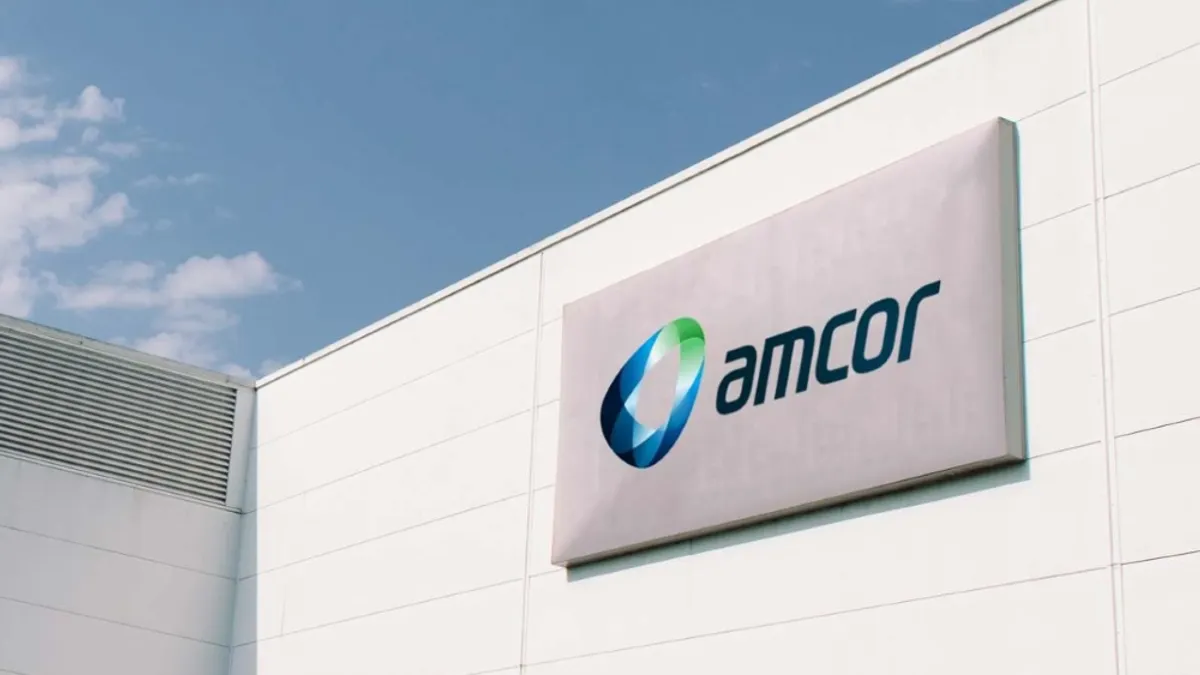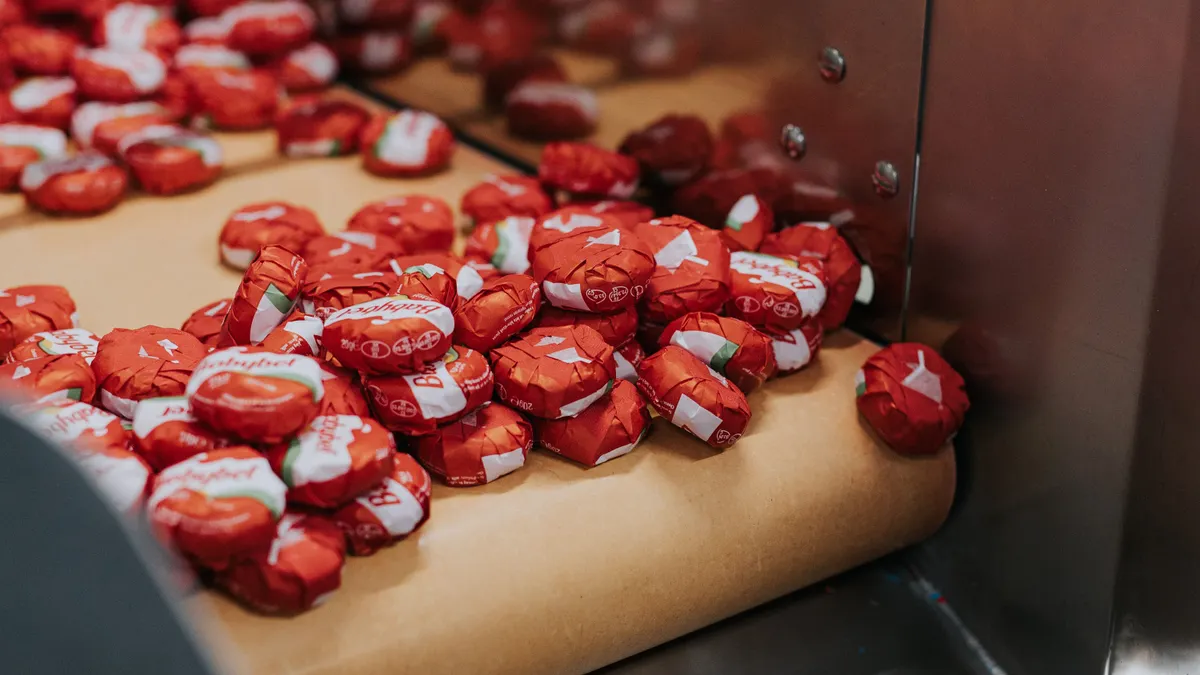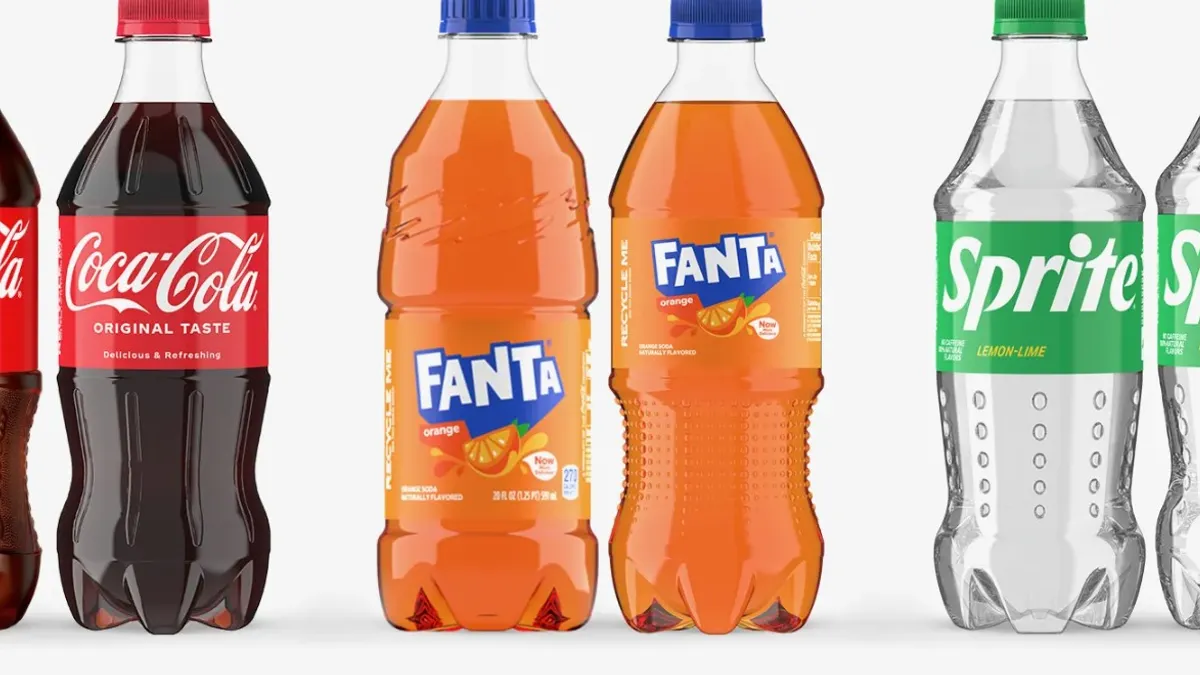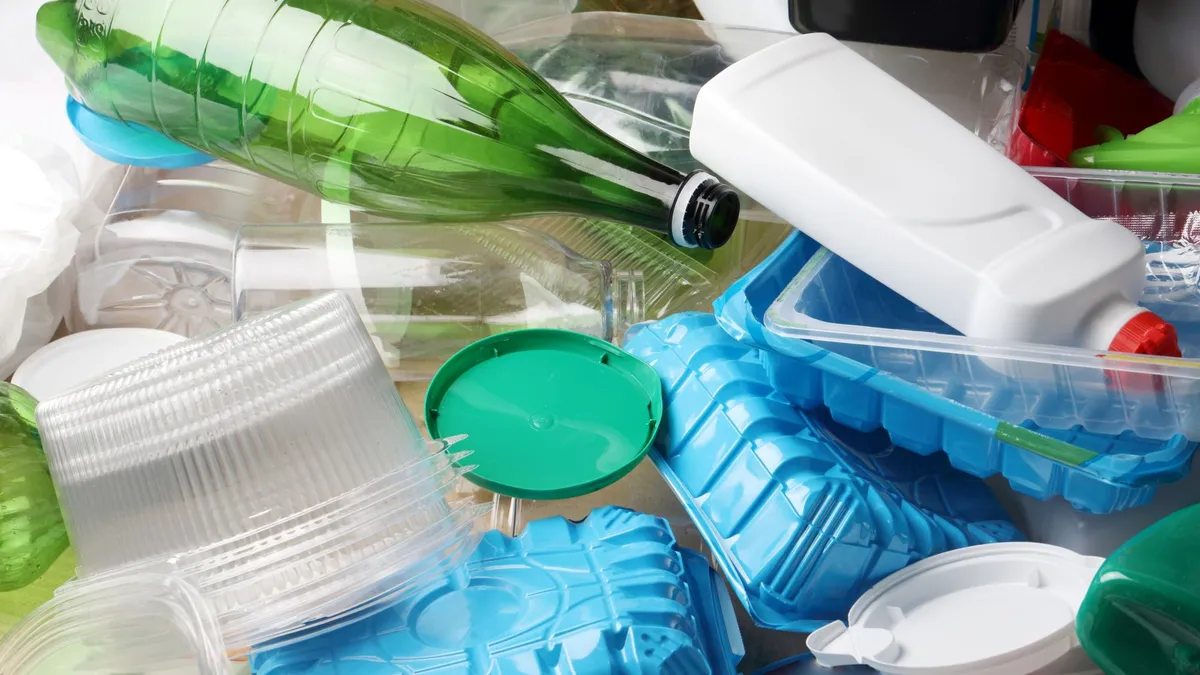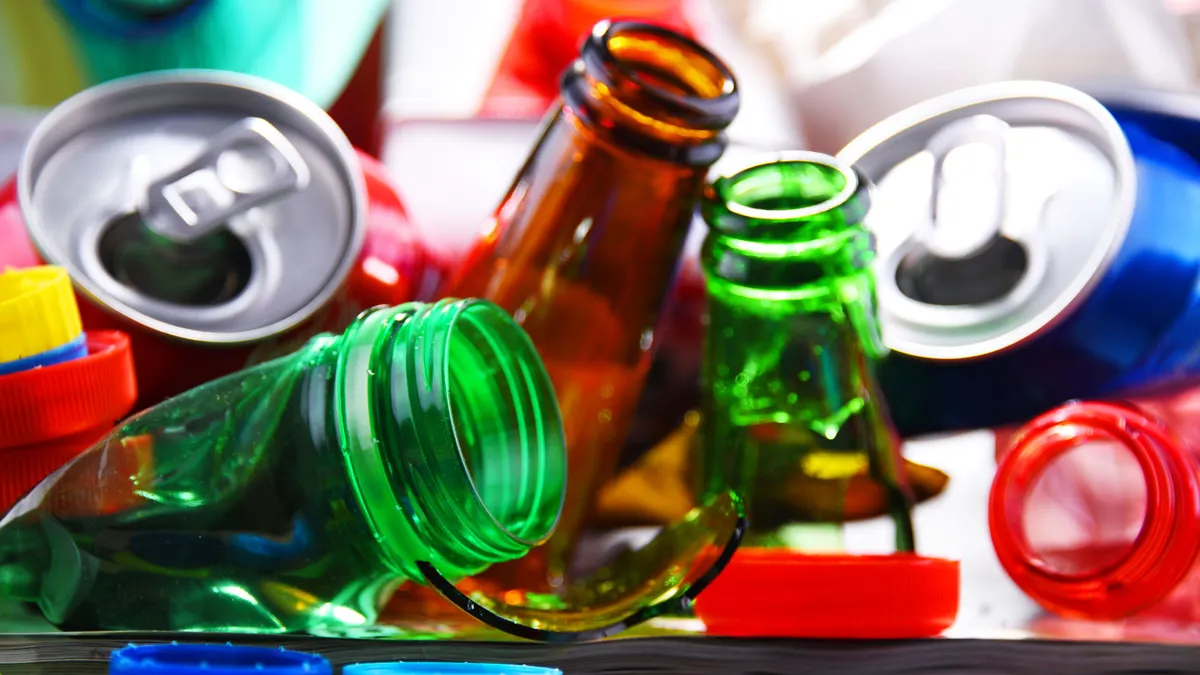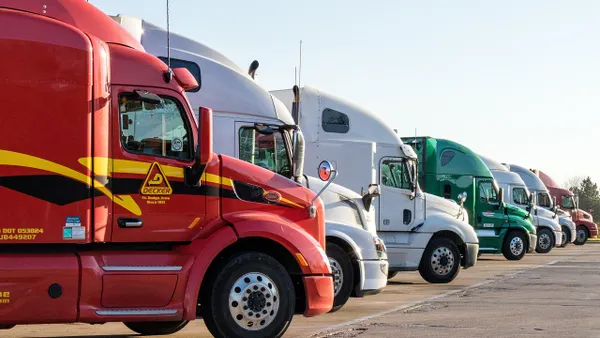E-commerce’s rise will continue to influence the packaging industry, according to speakers at the E-PACK US conference in Chicago last week. Sustainability is emerging as a key force for change, but how that’s implemented can be a moving target.
E-commerce packaging is secondary packaging designed to transport goods throughout the supply chain, said Benjamin Trent, managing consultant at Smithers, the consulting group that hosted the conference. While examining data about the current state of the industry, he explained that four main e-commerce packaging categories exist: corrugated board, flexible packaging, protective mailers and secondary protective packaging. Corrugated overwhelmingly comprises the largest chunk, at more than 80% of the market, equating to $51 billion of the total $63 billion market for e-commerce packaging, according to Smithers data.
North America already had been a large growth market, and Latin America is next for big growth, Trent said. Smithers predicts Latin America will have the “fastest and most dynamic” regional growth, at 17.5% compound annual growth rate for flexible packaging demand in e-commerce applications over the next five years.
Consumers not only expect items to arrive at their doorsteps quickly, he said, but also in as little packaging as possible. Other trends driving e-commerce packaging’s evolution include personalization and the “unboxing” experience.
“The biggest demand driver for ecommerce packaging [is] consumer expectations. ... It’s all about convenience,” Trent said. “As supply chains continue to shorten, it is only going to cause the demand for e-commerce packaging to go up. ... And as we move forward, it needs to be sustainable.”
Tricky sustainability tract
Sustainability is a leading customer demand and is driving packaging evolutions, speakers said. But it’s a tricky topic to navigate considering “nobody agrees on what sustainability is,” Trent said. “Is it recycling? Is it using recyclable materials? Is it reusing? It’s very hard to pin down.”
In reality, it encompasses parts of all those elements and others, Trent suggested. He pointed to trends like reusable containers, right-sized boxes and ships in own container for reducing the amount of packaging used in e-commerce, suggesting “it’s good to see we’re going down all of those paths.”
“Sustainability in e-commerce [packaging] really has become an imperative. It’s no longer a nice-to-have,” he said. “Why? Because damaged product is the least sustainable option. In fact, half of consumers have noted that they will stop ordering, or order less frequently, if they receive a damaged product.”
Many companies rely on a substrate switch, such as plastic to fiber, to boost sustainability. But it’s not always that simple. In looking at the recyclability differences between plastics and paper, the “pendulum swings back and forth over which is better,” Trent said. “Each has their own benefits, their own pros and cons, but one thing that we cannot overlook is recycling.”
Although the paperboard recycling rate in the U.S. is high, to achieve 100% — particularly in the U.S., given the infrastructure shortcomings — would be difficult, said Nathan Pajka, sustainability manager at Metsӓ Board, Americas. Because individual fibers shorten with each successive recycling cycle, they’re typically only usable for up to six cycles. “So fresh and recycled fibers truly are equally important and circular,” he said.
Pajka underscored the importance of considering sustainability from the start, at the product design phase, because “80% of environmental impacts you are defining at the design phase.” For instance, products can be designed to use less raw material, be lighter weight or be easily recycled curbside.
Some speakers pointed out consumers’ large role in recycling and their lackluster participation. Tongue-in-cheek mentions of the “ugly American” who only cares about convenience and won’t take the time to recycle properly offered an exaggerated, yet impactful, take on the issue. But speakers also pointed to industry’s inadequate messaging about recyclability and recycling, which results in consumer confusion and inaction.
“The consumer sentiment, I would say, is largely frustration at the current moment,” said Mikey Pasciuto, co-founder at recycling app Scrapp. “What we're seeing in America right now is a disconnect between what communications are saying and how that infrastructure looks to everyday people.”
Despite some consumer frustration, “recycling is important because it does make a circular loop” for corrugated products, said Rachel Kenyon, senior vice president at the Fibre Box Association. Referencing FBA’s newly released life cycle assessment of corrugated boxes, “what we want people to know is a box becomes box again. ... Keeping boxes out of a landfill is really important” and “we do know that paper recycling is a success story,” Kenyon said.
The residential recovery rate for fiber is only about 40%, Kenyon said, highlighting opportunity for improvement. “We know that ecommerce is not going anywhere.” While “it’s in their hands to take the action to recycle,” it’s up to industry to effectively communicate the reasons and ways to recycle, she suggested.
“The boxes are going to keep coming, and we want that consumer to feel good about receiving that box and then doing the right thing with it,” Kenyon said.
Reuse revolution?
Speakers discussed reuse programs as one of the transformations that could boost the sustainability of e-commerce packaging, such as by reducing waste and manufacturing emissions. For instance, some e-commerce companies are trying reusable bags instead of single-use flexible mailers. However, the predominant sentiment was that reuse isn’t quite “there” yet as a scaled solution that provides return on investment. But further optimization and adoption could result in more favorable outcomes.
“E-commerce has had a big play in returnable packaging,” said Brent Lindberg, founder of packaging design and prototyping firm Fuseneo. “But before you start thinking about this model, think about frequency.”
He said designers should consider how long one product takes to use and also how long it takes for consumers to return the packaging and then get it filled and back into the marketplace. For example, if a consumer takes six months to use a product and another month is needed to get the packaging back to market, that’s a seven month turn; that means the reusable packaging would only go through less than 10 reuse cycles in five years.
“Typically we say we need 50 times in order to offset the amount of material that’s put into them and the carbon offset to make that work — or the cost offset,” Lindberg said. “You should really be thinking a little bit differently about how you do it, [especially] for a brand who changes image often, and a lot of these brands do.”
Trent again pointed to education as critical for scaling emerging concepts like reuse and making them commercially viable.
“There's not a lot of overarching support behind reuse yet; it's a fairly contentious point and it's difficult to do,” he said. “Until the industry bands together and creates more education, and more consensus, we're going to be spinning our wheels like we are right now — there’s [only] going to be individual movements.”




